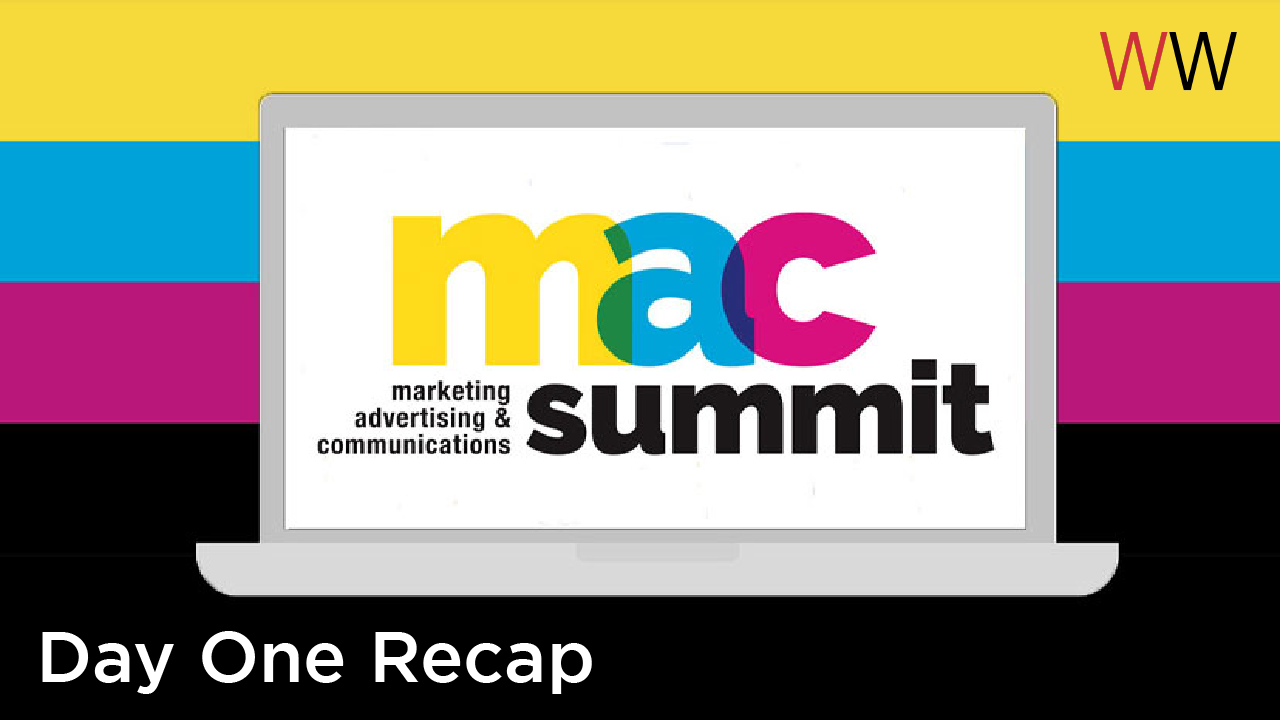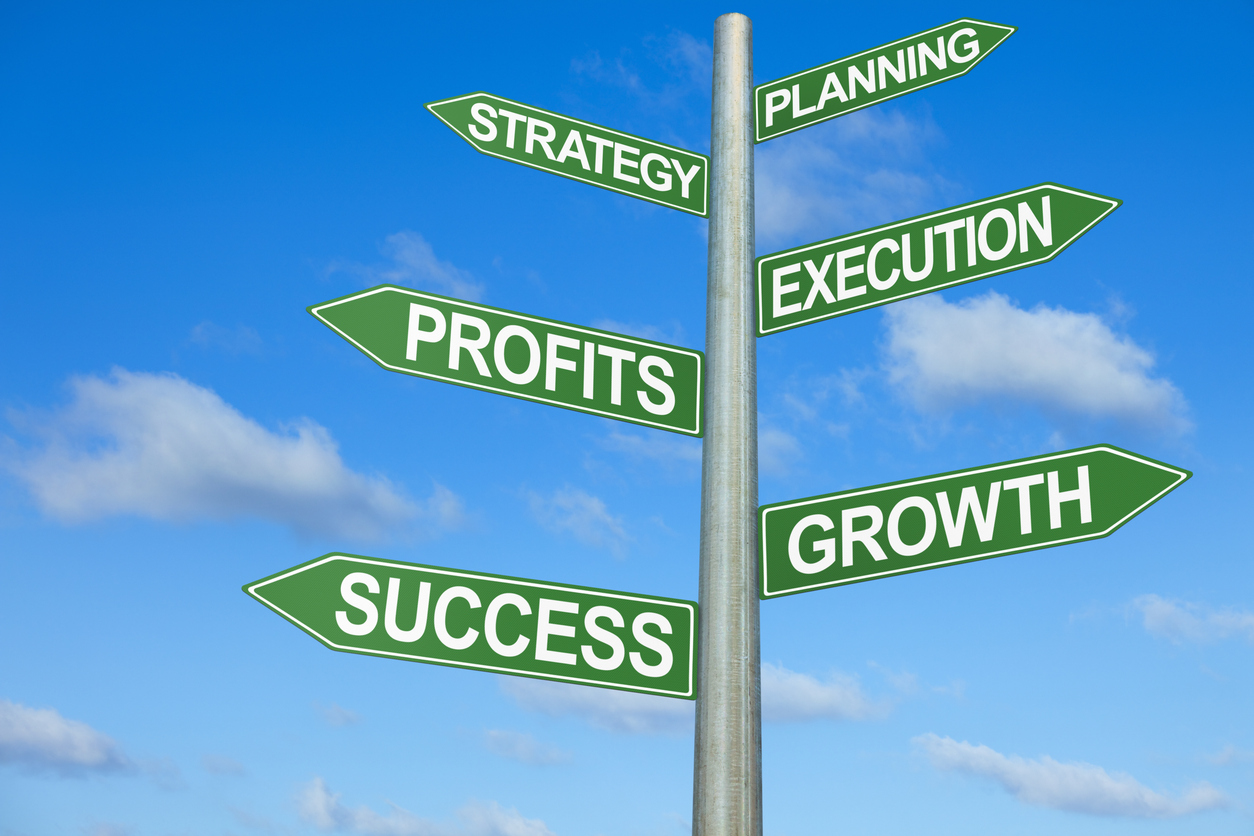By: Holly Gonzalez, Account Executive
What a crazy year it has been. The MAM Summit that was originally planned as an in-person event in April, combined forces with PR Summit DC, AAF DC Ad Week DC, Communicator Summit, The National Press Club’s Communicator’s Summit and Capitol Communicator to create the Marketing Advertising & Communications (MAC) Summit. With much of the work of marketers, advertisers and communicators intersecting on a daily basis this was the perfect way for professionals to learn from one another and connect, which I know I have been craving while working remotely. The conference was spread out across two days of key learnings in all industries. Below is a recap of day one. Check back tomorrow for day two.
Fireside Chat
We started the day with an honest and thought-provoking conversation between esteemed leaders in the field Kathy Baird, senior director of global communications at Nike and Lisa Ross, U.S. chief operating officer at Edelman. They started the conversation by going over what has been revealed during these “unprecedented” times. With remote work as the norm, schedules have freed up in some ways and they shared this has made it easier to connect with contacts that may have otherwise been tricky to pin down. The experiences of people of color are already woven in the culture of our world, but current times have provided more opportunity to understand these important experiences. Passionate about the work they do both encouraged the audience to keep doing the work that brings our world together. Overall, these women set the tone for two days filled with learning from one another to become better.
Much like traditional conferences, attendees get to choose which sessions they want to attend from multiple simultaneous options. The benefit of the virtual conference is that all sessions were recorded and will be available on the online platform. Here are some key learnings from the presentations I attended during day one of the Summit.
CMO Roundtable
The first session I attended was the CMO Roundtable with Christian Campagnuolo of Everfi, Shane McCarthy of Sandboxx, Gretchen Hamm of Washington Spirit and Patrick Smith of Cvent. In our current virtual world, it is no surprise that digital content has come to the forefront. Leaders discussed clients utilizing video that can be cut down into multiple smaller pieces to use on social. Community has turned virtual as well with the use of Facebook groups to build connections. Hamm, who runs marketing for Washington Spirit, a soccer club in the National Women’s Soccer League, has made digital changes to sponsorship packages to increase online benefits rather than in-person perks. She is looking to put more digital focus on Instagram TV and Stories. On the other hand, Smith with Cvent has had success with webinars, conducting 90 since March with thousands of attendees. In terms of overall work culture, some companies that already had remote workers now feel even more intentional about online communication because there is no divide between remote and in-office workers.
Our agency has been focusing on thought leadership, so it was great to hear from leaders that this content field has become widely important in the industry to share with clients and other professionals what is working and what is not. Audiences are wanting to hear less about your product first, but more about what tips you can provide to solve their unique problems.
Corporate Purpose
A strong theme of authenticity emerged in many sessions. Rachel Webber of Playboy explained that corporate purpose is not something only the marketing team handles. While it may be communicated through marketing materials and messaging, it is ultimately the framework of overall decision making in an organization. People use their association with brands to express their own personal values. This is critical for brands to use their messages to build relationships that can have touchpoints that span the various life stages of their audience. This mindset shifted the talk to storytelling being used to humanize brands. I enjoyed hearing how Tessa Wolf of Framebridge does this with their custom picture frames. At their core, they are a manufacturing company that makes picture frames. But when you receive one of their frames and hang it on your wall it becomes part of how you tell your own story and inspires you to look forward to making more memories.
How has corporate purpose changed since COVID-19 and what changes are here to stay? Callie Schweitzer of LinkedIn notes marketing with lower production value can highlight real people and demonstrate how brands are making a difference with their products and services.
SEO in 2020: The Latest Thinking and Trends
Search engine optimization can provide insight into what problems your audience is looking to your business to solve. Sarah Teach of the Motley Fool spoke to how COVID-19 initially played a huge role in SEO with terms relating to global health taking priority. Teach mentioned that they went through each page of their site and updated it with a COVID-19 angle to remain relevant.
Keeping on track with authenticity, even in the technical field of SEO, you must think beyond just having all the right keywords in your text but make sure the tone of your writing remains consistent for your brand. Matt Albrecht of Amtrak had a unique perspective because COVID-19 has limited travel, especially by air. But being a passenger railroad service has worked to Amtrak’s advantage because new customers have been searching for their business as a transportation alternative. Albrecht recommended using subject matter experts to review your writing which will make your content more effective.
Joseph Arduini of REQ sang music to our ears that there is not one static message that can be used currently. We have seen this to be true for our clients as well. We must continue to adjust, evaluate and change messaging as circumstances ebb and flow.
How Social Media Has Evolved and Where it is Headed
This session was probably the most relatable for me because I do a lot of internal and client social media management. That theme of being ready for change came up again relating to social. While it is still best to be proactive and plan social content, Emily Miller of the United Nations Foundation noted not to plan too far and be ready for shifts. Social media, like regular media, needs to reflect our stay-at-home current circumstances. She gave a tip to check through any automated content you have and make sure you know how to pause it when needed.
Marketing Disruption
This session focused on how marketing has always been able to innovate and make business more effective. Now with the need to get even more resourceful in business, marketing has been at the forefront of creativity with sharing messaging. Lauren Bates of Wild Terrains was particularly interesting to hear from in this session because she operates a travel company. During this time of slowed travel, she has been able to provide experiences like Zoom sessions with a professional international chef, which would not have generated much interest a few years ago. Last month, her business saw its highest traffic and revenue since its inception, and even though people are not traveling now, many are feeling inspired and booking travel for next year.
That covers day one. If that got you excited about how the industry is still remaining on top of their game while working from office setups in living rooms, kitchens and basements, then check back tomorrow for even more insights.



